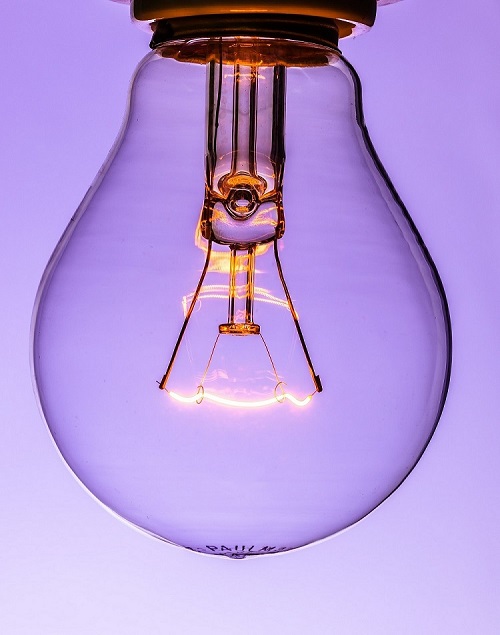The seasonal changes bring about different patterns in our energy usage. The darker mornings and shorter evenings indicate a drop in temperatures and as a result an increase in energy usage both to light and heat our offices and premises.
Therefore, it should come as no surprise when looking over your bookkeeping records and accounting software, that you take note of the high operational expenses for your small business. Vowing to take charge and lower expenses, you revamp production processes and better manage your stock. Yet instead of seeing your expenses decrease, business costs continue to rise.
Just like the rising energy costs in your home, your business could be using large amounts of electricity, water, natural gas or waste water for operations or to create an ideal indoor environment for workers and customers. Yet controlling your energy consumption isn’t always easy. You need equipment and operations running at full capacity to fulfill orders or work with clients.
Basic ways to lower energy expenses for your business
There are several ways to control energy costs for your small business, and you can take immediate action with several of these methods. The amount of energy savings that you see will be based on the type of business you operate, the amount of equipment that needs to be in operation, and the number of hours you run your business daily.
- Switching to LED lighting and other low energy lamps
- Seek supply voltage optimisation
- Install intelligent light controls
- Perform periodic maintenance on air conditioning and heating systems to increase efficiency
- Use motion sensitive lighting in seldom used areas of your business
- Generate extra energy to use in the business by using alternative green methods such as solar panels and heat pumps.
- Share extra building space with another business to share energy costs
Energy audits help analyse energy consumption
It is not always easy to pinpoint where you may be wasting the most energy that is raising your utility bills. Having an internal energy audit performed allows you to analyze equipment and processes that use the most resources, determine where you are wasting energy in processes, and allow you to streamline operations to make the business more energy efficient. You can also have the audit performed on utility bills to check supplier rates against market standards, fix billing errors and try to negotiate for better charges.
Once the energy audit is performed, then you can have a better understanding of your energy usage. You will also be able to develop energy management policies that can help you and your employees stay on track for lowering your business expenses.
Factors to consider when seeking energy efficiency and savings for better energy management
Keep in mind the initial costs of implementing new technologies and the long-term energy savings your small business can obtain. While initial costs may seem high, the savings in the long run will actually have the technology and equipment pay for itself. Yet don’t bankrupt yourself or put too much of a strain on your budget as you try to keep your business running. Find the low cost technologies that fit into your budget.
Also, there may be warranties, grants and incentives when switching to certain energy-efficient technologies and equipment. So research what equipment will work the best in operations and that will offer such additional cost savings.




